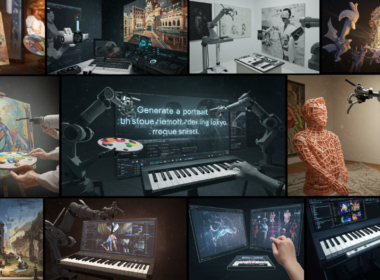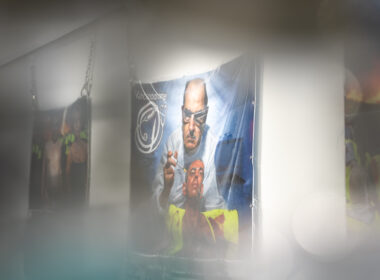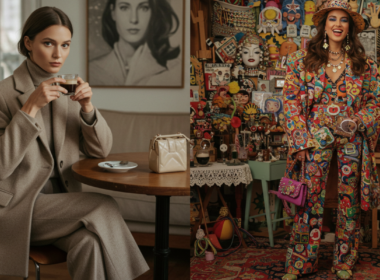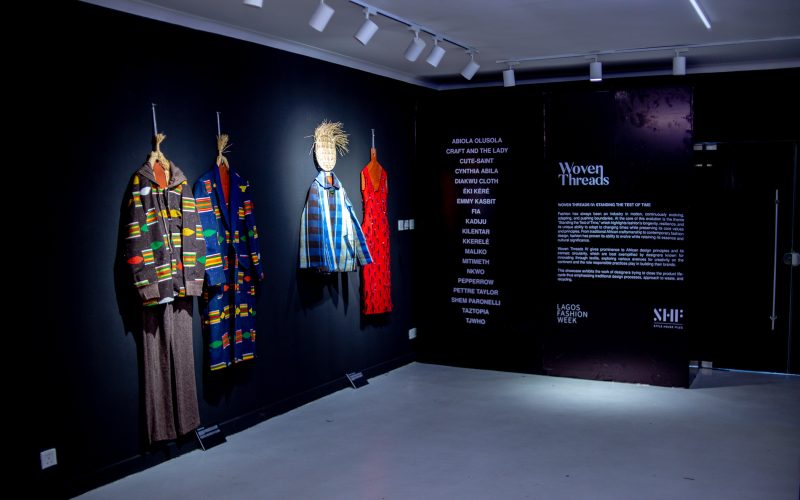The art of photography has evolved through stages of technological advancement, aesthetic shifts, and social impact, shaping how we perceive and interact with the visual world around us. Since its inception in the early nineteenth century, photography as a medium has come a long way. It has progressed from a specialised scientific process to a popular and widely available form of art, communication, and documentation.
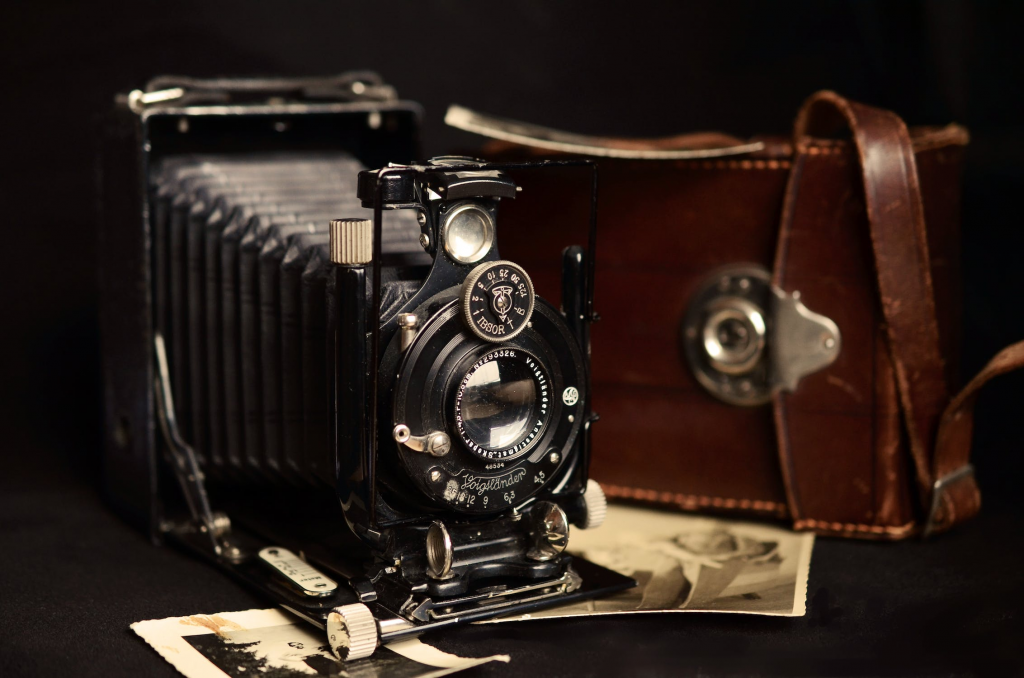
Birth and Early Experiments with Photography
We can trace the history of photography to the early nineteenth century, when inventors and scientists experimented with ways to capture images using light. Using heliography, Joseph Nicéphore Niépce, a French inventor, created the first known photograph, titled “View from the Window at Le Gras,” in 1826. This early photograph was the result of an eight-hour exposure and took a substantial amount of time and effort to create.
The Daguerreotype and the Calotype
The invention of the daguerreotype by Louis Daguerre in 1839, which was the first commercially viable photographic process, accelerated the development of photography. The daguerreotype was a highly detailed and one-of-a-kind image captured on a silver-plated copper sheet that required less exposure time than previous methods. The daguerreotype’s accessibility quickly led to the proliferation of studios and photographers all over the world, capturing portraits, landscapes, and still life images.
And in the following decades, other photographic processes were introduced, such as the calotype, invented by William Henry Fox Talbot, which allowed for multiple prints from a single negative. These early processes were complex and necessitated specialised knowledge, making photography a specialised field practised by a small number of people.
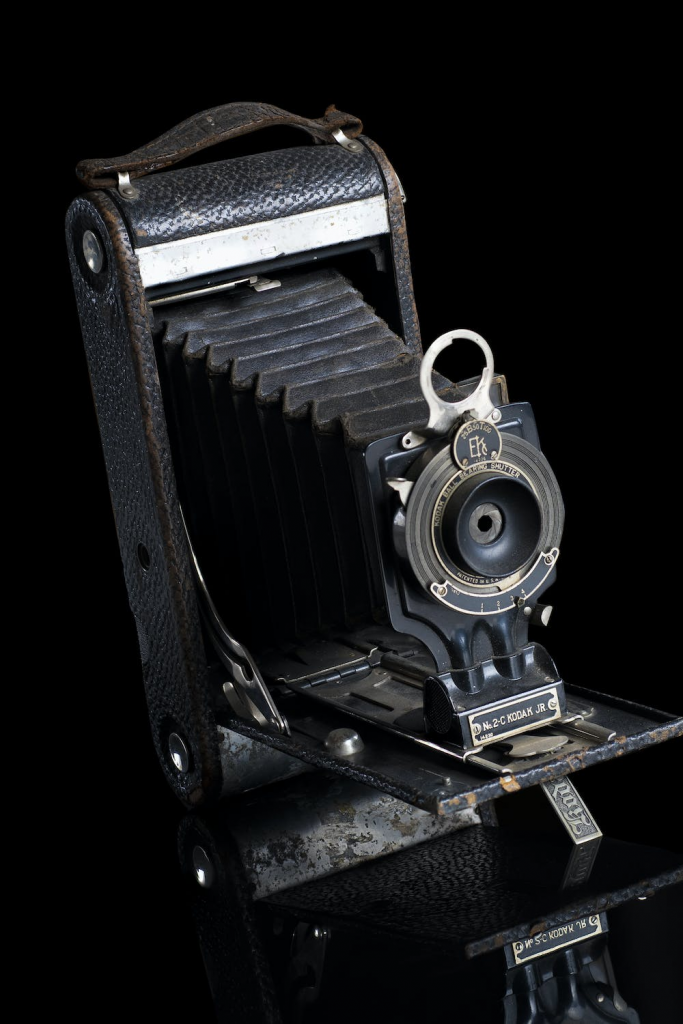
Camera and Film Evolution: Making Photography More Accessible
Significant advances in photographic technology occurred in the mid-nineteenth century, making the medium more accessible to a wider audience. The wet plate collodion process, invented by Frederick Scott Archer in 1851, replaced the earlier daguerreotype and calotype processes. Wet plate collodion allowed for faster exposure times and clearer images, making photography more practical for a variety of applications.
Another significant advancement in the 1870s was the introduction of dry plates, which eliminated the need for immediate image processing and allowed for greater convenience and flexibility. George Eastman introduced the Kodak camera, the first handheld camera that came preloaded with a roll of flexible film, in 1888. Because it simplified the process and allowed for easy snapshot photography, the Kodak camera made photography even more accessible to the general public. With the introduction of smaller and more portable cameras like the Leica and the Rolleiflex in the early twentieth century, camera and film technology advanced even further. Because they were no longer limited by bulky equipment, these cameras allowed photographers to capture images more spontaneously and creatively.
The Arrival of Colour Photography: A New Dimension
The development of colour photography in the twentieth century propelled photography forward significantly. While early colour photography processes were complex and time-consuming, technological advances in the mid-twentieth century made colour photography more practical and affordable. With the introduction of colour film, such as Kodachrome and Ektachrome, photographers were able to capture vivid and lifelike colour images, opening up new creative possibilities. Colour photography gave the medium a new dimension by allowing photographers to capture the world in a more realistic and visually appealing manner. Colour images could also be used to convey emotions, create visual impact, and tell compelling stories, which expanded the possibilities for commercial and advertising photography.
The Digital Revolution of Photography
The digital revolution has had a significant impact on the landscape of photography, and this has altered how images are created, shared, and consumed. Let us look at a few ways that the digital revolution has reshaped photography.
Instant feedback and experimentation
Photographers can now see the results of their images immediately after taking them with digital cameras. Photographers can experiment with different settings, compositions, and techniques on the fly, without having to wait for film processing. It speeds up the learning process while also encouraging creativity and exploration.
Image manipulation and post-processing
Digital technology has made image manipulation and post-processing more accessible and sophisticated. Adobe Photoshop and Lightroom are powerful editing software tools that allow photographers to fine-tune their images, create composite images, and apply artistic effects. This has broadened the creative and artistic possibilities in photography.
Democratisation of Photography
Photography has become more democratic as digital cameras have become more affordable and accessible, allowing a broader range of people to participate in it. The widespread availability of smartphones with built-in cameras has made photography accessible to nearly everyone, resulting in a flood of images shared on social media platforms and websites. This has democratised the medium and allowed for the expression of diverse perspectives and voices. Stay up to date on the newest in the world of Fashion, Arts, Beauty and Lifestyle; Follow FAB on Instagram.
Global sharing and online communities
Social media platforms and online communities have transformed how photographs are shared, discovered, and valued. Photographers can now easily present their work to a global audience, receive immediate feedback, and connect with other photographers and enthusiasts. Online communities foster a sense of community and camaraderie among photographers by providing opportunities for learning, collaboration, and exposure.
Wrap Up
Since its inception, photography has gone through a lot of developmental changes. The advancements of technology have had a great influence on its digitalisation as a medium of creativity. Today, everybody is a photographer, and the path to professionalism is not that difficult.
Related
